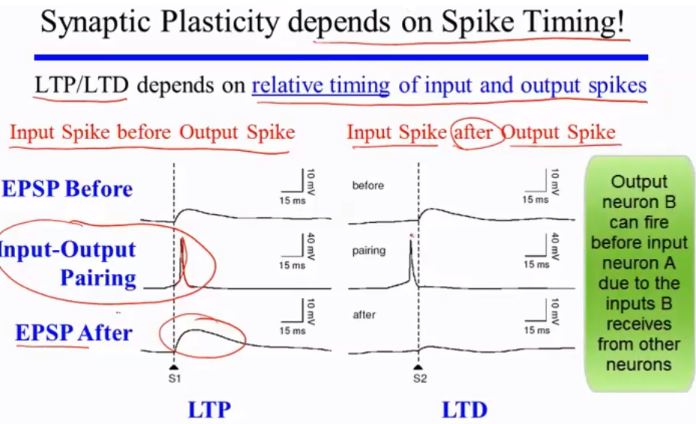0. The introduction:
1. An example: Models of "Receptive Fields".
2. An intuitive method of showing the electrical activities of neurons -- converting them to audio signals.
1. Descriptive Model of Receptive Field
Maybe it's a center-surrond RF:
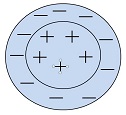 or
or  ,
,
But, the experiment showed that the signals got strongest when the beam was moving like:
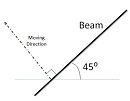
So, here comes the "oriented receptive fields":
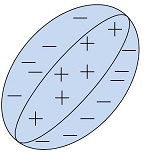

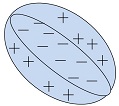
2. Mechanistic Model of RF:
Whereas the lateral geniculate nucleus (LGN) has the basically center-surrond RFs, just like those in retina. So, how does it come out like:
 ->
-> 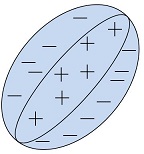
Ahh, here it is:
 ( -- It's the Mechanistic Model, designed to describe how the neuron system does what we have observed it to do)
( -- It's the Mechanistic Model, designed to describe how the neuron system does what we have observed it to do)
So, it just looks like that the two base vectors ((0, 1), (1, 0)) can make up all coords in a two-dimensional axis.
附脑图:
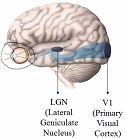
3. Interpretive Model of RF:
-
Efficient Coding Hypothesis: suppose that the goal is to represent images as faithfully and effectively as possible using neurons with (RF_1), (RF_2), ...
-
Given image I, we can reconstruct I using neural reponses (r_1), (r_2),
 , like:
, like:
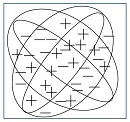
-
Idea: What are the $RF_i that minimize the total squared pixelwise errors between I and I_hat and are as independent as possible.
-
Solution: Start out with random (RF_i) and run your efficient coding algorithm on natural image patches.
Optimization methods: Sparse coding, ICA(Independent Component Analysis), Predictive coding... -
"Remember the 'features' in CNN?":

4. Neurons, Synapses, and Brain Region
1. Brain Cell and Neurons:
First of all, take a look at "The Brain Cell":
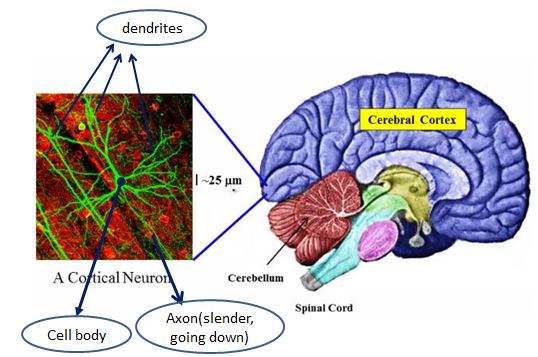
while mostly, we see the neurons ideally as this one:

2. Synapses:
-
The reason why synapses can control the ions in or out is that it has a good "gatekeeper".
Ionic Channel: The Gatekeeper:
Characteristics: Selective and allowing only specific ions to pass through(e.g. Pass Na+ but not K+ or Cl-). -
3 factors of "being gated":
- Voltage-gated;
- Chemically-gated(Synapses);
- Mechanically-gated.
3. Myelination of Axon:
Enable fast long-range spike communication like active wiring(e.g. Reacting to the pain of feet needs to transport potential at once through a long distance, and the Myelination is used.)
4. Definition: A synapse is a "connection" or junction between two neurons:
- Electrical synapses use gap junctions:
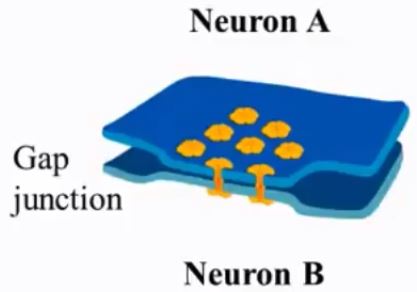
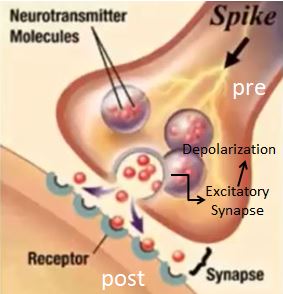
5. The Synapse Doctrine:
Synapses are the basis for memory abd learning.
6. Hebbian Plasticity:
If neuron A repeatedly takes part in firing neuron B, then the synapse from A to B is strengthened:
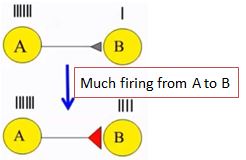
7. Synaptic Plasticity depends on Spike Timing!
